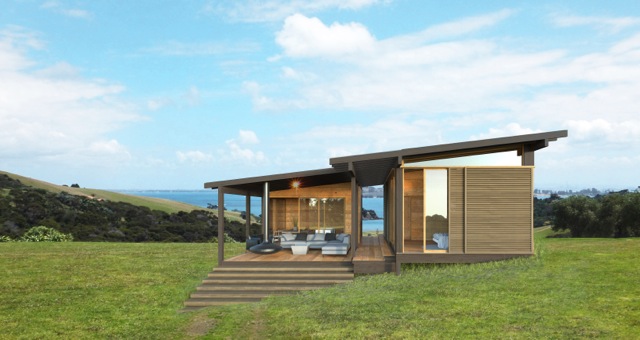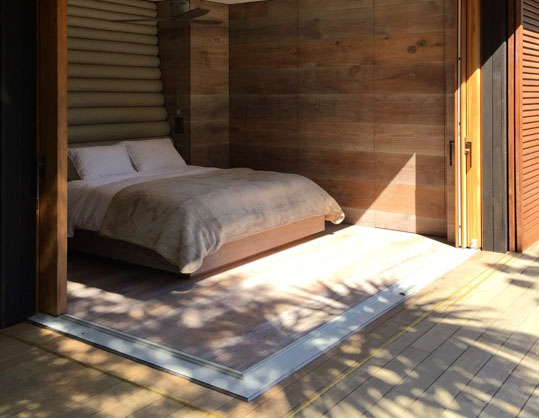New Zealand has been called the “land of the unhealthy house” and it seems we’re still building them that way. Despite tougher energy-efficiency standards introduced this century and greater uptake of double glazing and other technologies, many of our new houses are cold, damp and energy intensive. So does offsite manufacturing offer a way to healthier homes?
Darren Jessop is convinced it does. The Auckland architect designed Australasia’s first certified Passive House, and the experience led him to form ‘Coolhouse’, a low energy, design-and-build architectural brand that uses highly insulated and thermally efficient panels manufactured by Concision’s factory.
“We’re trying to create a brand of low energy houses and to make it affordable – because it is quite an expensive construction,” says Jessop, who estimates that to build to the same optimal energy-efficient standards using traditional methods would add 30 per cent to the bill. In price conscious New Zealand, that would never fly. “It has to be same price. So the only way we can do this is with Concision.”
But there are other advantages intrinsic to the nature of building offsite, most notably precision. Air leakage is a major cause of energy consumption and unhealthiness in a house, and the way we build isn’t helping. It’s common for builders working on site to have to “make things fit” by using packing and other fixes. By contrast, a modern panelisation factory such as the Concision plant works to tolerances of just 1.5mm, meaning tighter fitting components. When combined with careful design, sound materials and competent onsite assembly, that additional accuracy creates better performing homes.
In Canterbury, passive and low-energy house building company True Green Homes is using prefab methods to deliver highly airtight and insulated houses. In its Amberley-based factory, the company manufactures a panel that defines the “belts and braces” approach to insulation, incorporating external cladding, building wrap, ply, extra thick framing, 140 mm of wool insulation, internal building wrap, and so on, with electrics and plumbing organised to minimise potential air leakage. The company claims that its houses are capable of reducing heat loss by up to 90 per cent when compared to a conventional home.
There’s another aspect of building “healthy” houses where prefab delivers the health and safety of workers. When you relocate a good chunk of the building process indoors, you take builders out of the wind, the rain and the beating hot sun. Moreover, a highly controlled factory enviroment makes injuries easier to prevent. Witness the relative performance of the New Zealand manufacturing sector, with 75 per cent fewer workplace fatalities than construction.





Leave a comment